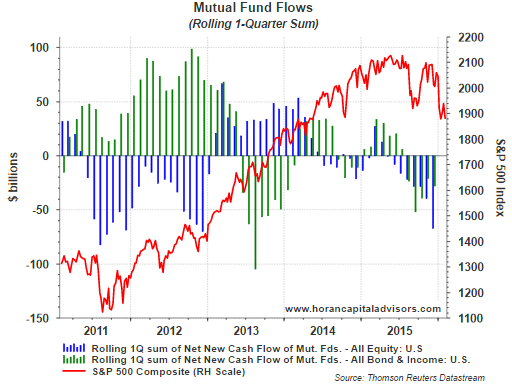Disclosure: Long GOOGL and GOOG
Posted by
David Templeton, CFA
at
1:44 PM
0
comments
![]()
![]()
Labels: General Market
"Many investors mistake a bear market for diminished prospective returns. From the rear-view mirror, the bear market in emerging markets has been painful. When we look out of the windshield, however, these very asset classes offer the highest potential returns (as of 12/31/2015 their 10-year expected return is 7.9%) available to today’s opportunistic investor. So, the exodus from emerging markets is a wonderful opportunity – and quite possibly the trade of a decade – for the long-term investor."
Posted by
David Templeton, CFA
at
4:11 PM
0
comments
![]()
![]()
Labels: International
"Personal income jumped 0.5 percent in January as did consumer spending, both readings higher than expected. Details are solidly positive with components on the income side led by wages & salaries, up a very strong 0.6 percent for the third large gain of the last four months. And year-on-year rates are climbing again with total income up 4.3 percent and with wages & salaries at 4.5 percent, which are far from torrid but the direction is definitely favorable. And consumers didn't draw from savings on their January shopping spree, with the savings rate unchanged at a very solid 5.2 percent. Components on the spending side are led by durable goods which jumped 1.2 percent and reflect strong vehicle sales in the month. Spending on services rose a monthly 0.6 percent. Year-on-year, spending is up 4.2 percent. Again, this isn't great but it does point to a surprisingly strong start to the first quarter which looks to double or triple the fourth-quarter's annualized growth rate of 1.0 percent."
Posted by
David Templeton, CFA
at
9:42 AM
0
comments
![]()
![]()
Labels: Economy , General Market , Sentiment
Posted by
David Templeton, CFA
at
9:35 PM
0
comments
![]()
![]()
Labels: General Market
- S&P Low Quality Rankings are designed for exposure to constituents of the S&P 500 identified as low quality stocks, i.e., stocks with Quality Rankings of B and below.
- S&P High Quality Rankings are designed for exposure to constituents of the S&P 500 identified as high quality stocks, i.e., stocks with Quality Rankings of A- and above.
Posted by
David Templeton, CFA
at
3:23 PM
0
comments
![]()
![]()
Labels: General Market
 |
| From The Blog of HORAN Capital Advisors |
 |
| From The Blog of HORAN Capital Advisors |
 |
| From The Blog of HORAN Capital Advisors |
 |
| From The Blog of HORAN Capital Advisors |
Posted by
David Templeton, CFA
at
4:00 AM
0
comments
![]()
![]()
Labels: General Market , Sentiment
 |
| From The Blog of HORAN Capital Advisors |
 |
| From The Blog of HORAN Capital Advisors |
 |
| From The Blog of HORAN Capital Advisors |
Posted by
David Templeton, CFA
at
12:21 PM
0
comments
![]()
![]()
Labels: Sentiment , Technicals
 |
| From The Blog of HORAN Capital Advisors |
 |
| From The Blog of HORAN Capital Advisors |
Posted by
David Templeton, CFA
at
3:40 PM
0
comments
![]()
![]()
Labels: General Market
Posted by
David Templeton, CFA
at
8:46 PM
0
comments
![]()
![]()
Labels: Economy , General Market